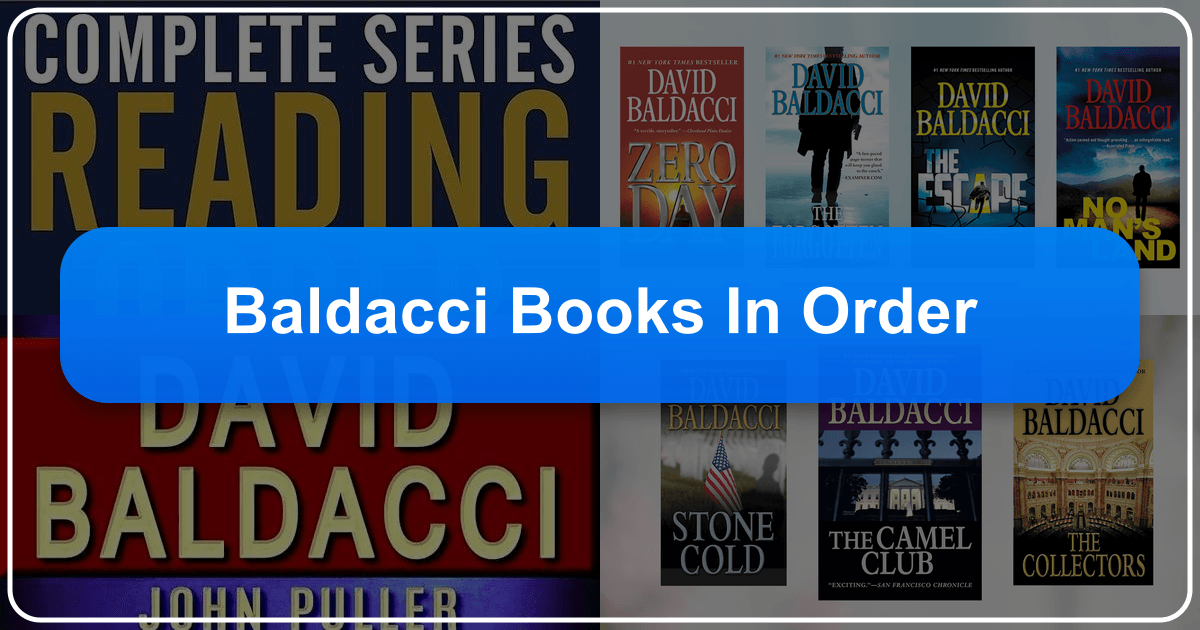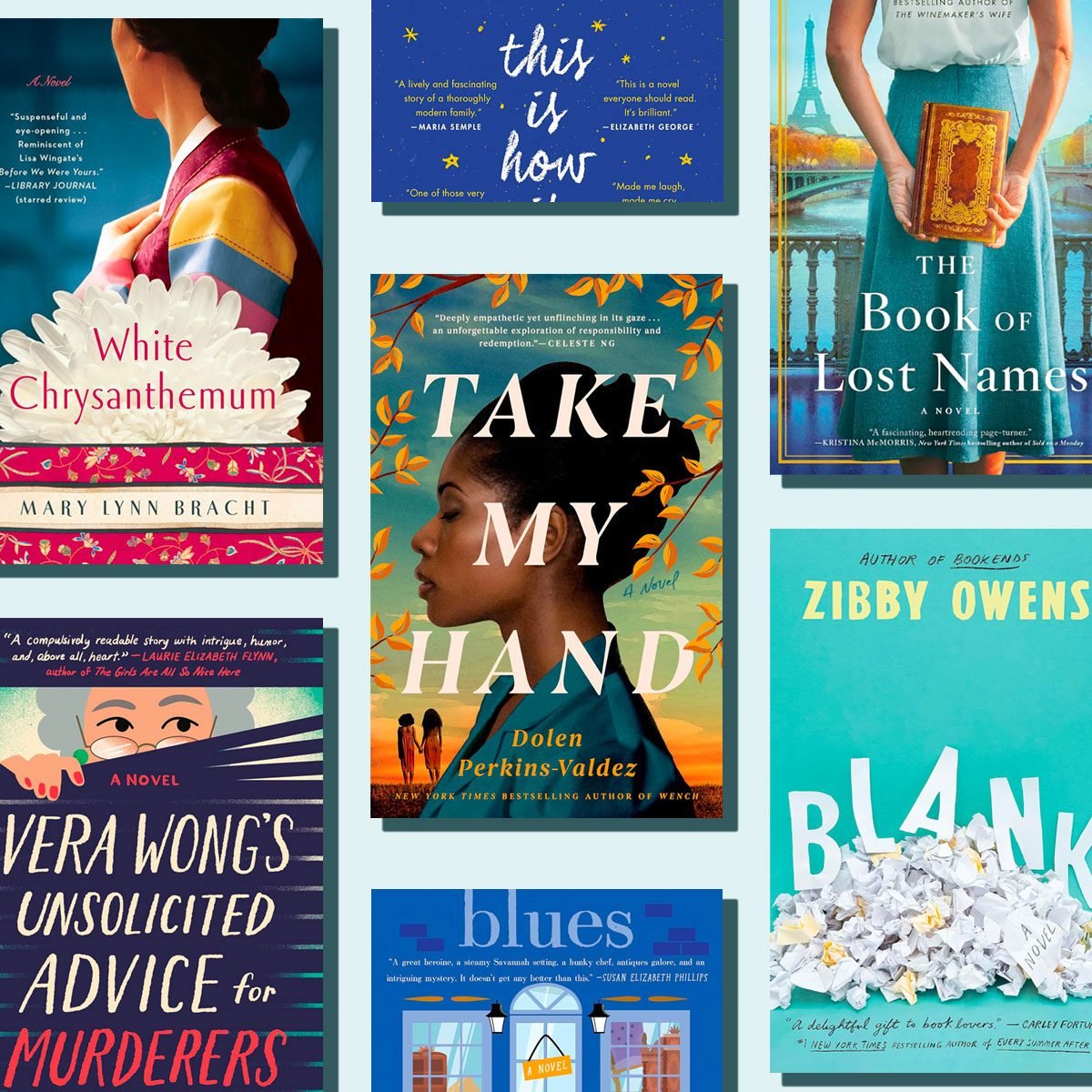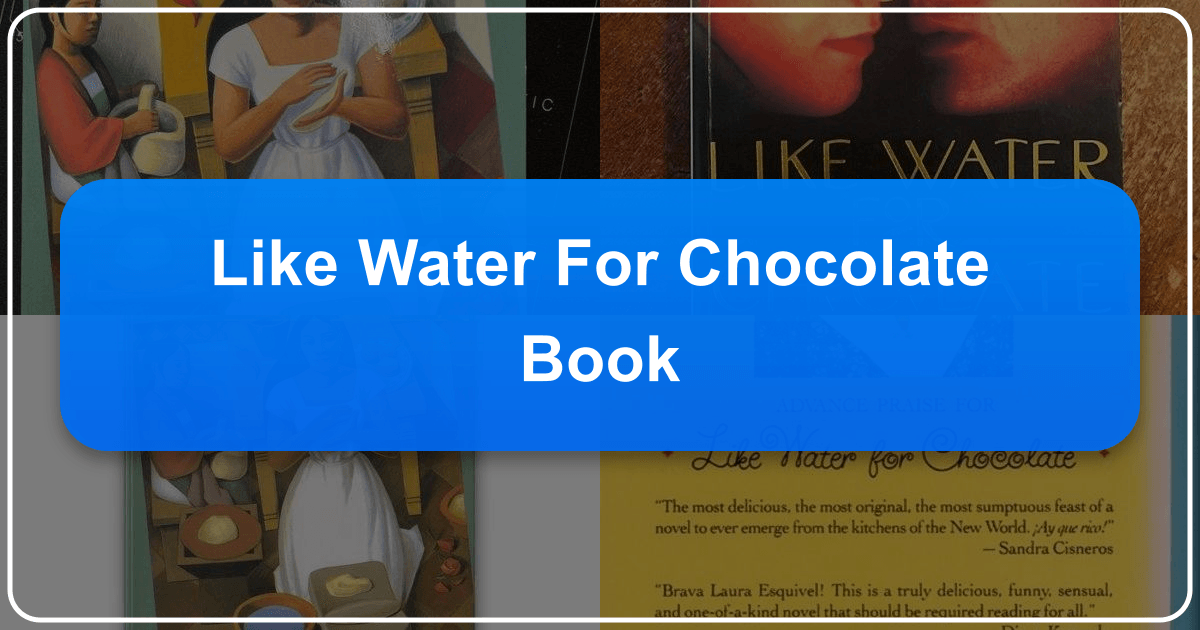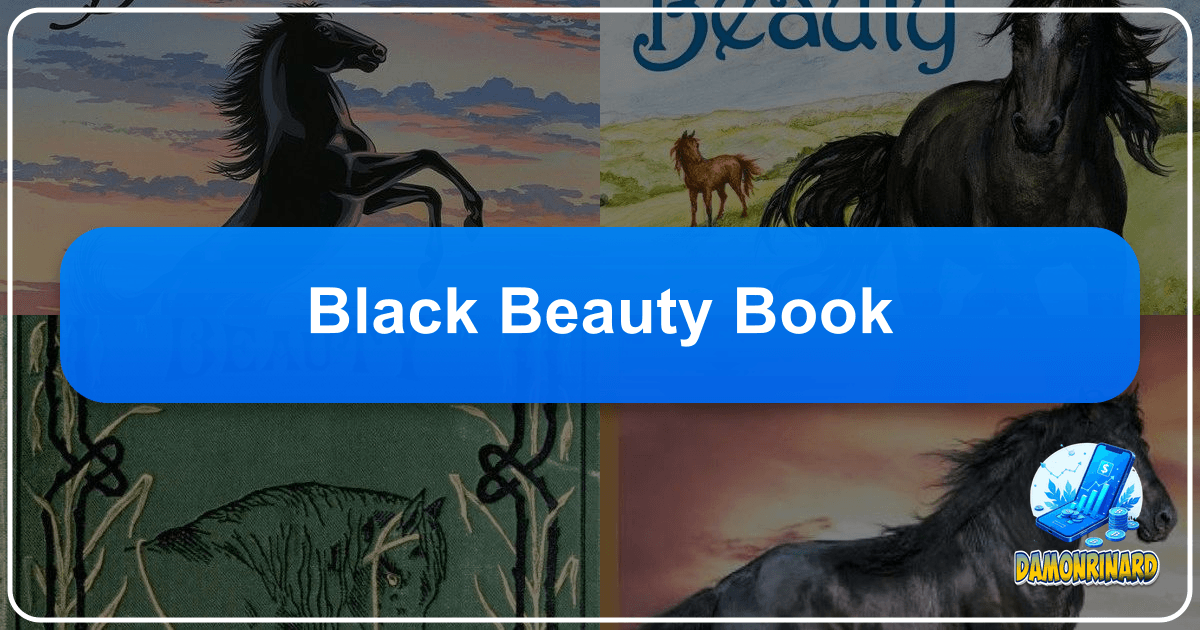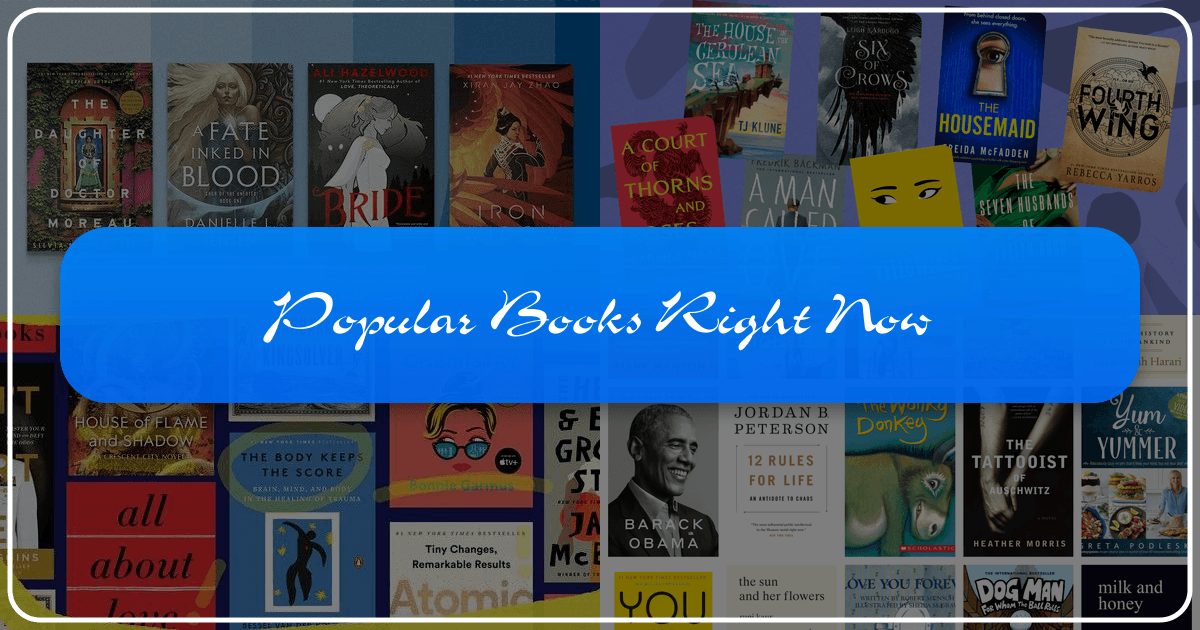Alice in Wonderland Book: A Deep Dive into a Literary Classic
Lewis Carroll’s Alice’s Adventures in Wonderland, published in 1865, remains a cornerstone of children’s literature and a captivating work for adults. Its enduring appeal stems from its blend of fantastical elements, nonsensical humor, and underlying social commentary. This exploration delves into the multifaceted world of Alice in Wonderland, examining its genre, authorship, educational value, and lasting cultural impact, drawing on resources available at Lbibinders.org.
Genre and Literary Significance
Alice’s Adventures in Wonderland defies easy categorization. While often classified as children’s literature, its complex narrative structure, playful use of language, and subtle critiques of Victorian society resonate deeply with adult readers as well. The story’s primary genre is considered literary nonsense, a subgenre characterized by its deliberate disregard for logical consistency and conventional storytelling. This nonsense, however, is not chaotic; it’s meticulously crafted, employing wordplay, illogical situations, and dreamlike sequences to create a uniquely engaging experience. The book’s influence on the fantasy genre is undeniable, paving the way for numerous works that explore similarly fantastical and imaginative realms. Its impact is so profound that it has secured its place as a timeless classic within English-language literature, continually reprinted and translated into countless languages.

